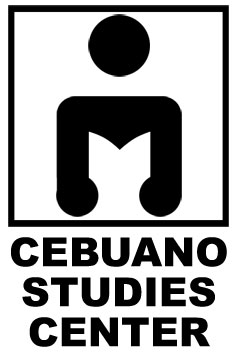Domingo Estabaya
Domingo Estabaya was born in Cebu City on May 25, 1915. He was an essayist and poet. The son of schoolteachers, he studied at the Cebu High School but stopped schooling to work for two years in a sugar central in Carlota, Negros Occidental. Later he took courses at the Cebu Vocational School, and obtained his high school diploma and bachelor’s degree in commerce ate the University of the Visayas (UV). For a time, he worked with the United States Information Service (USIS) as chief officer for Negros Oriental. Then he earned his master’s degree in business administration at the UV in 1969 and became dean of Roosevelt Memorial Colleges in Bogo, Cebu. After leaving the post, he devoted himself mainly to writing. He also served as longtime Cebu correspondent for the Liwayway Publications, Inc. He was a founding member and president of Lubas sa Dagang Bisaya (LUDABI) in 1959-1961, Cebu Arts Council, Cebu Press Club, and the Association of Cebu Journalists.
Domingo Estabaya started writing in his teens, contributing poems, stories, and articles to magazines. His main achievement lies in his popular articles in Cebuano history and culture. He has written more than 1,000 articles in English and Cebuano for various publications. He was named “Most Outstanding Alumnus” by the UV.
Domingo Estabaya will be particularly remembered for two things. He was a citizen active in the cultural life of the Cebuano community, a pioneering member and officer of such organizations as the Cebu Press Clubs, Cebu Arts Council, Cebu Historical Society, and LUDABI. More important, he was our leading chronicler of Cebuano culture. For half-a-century, he tirelessly wrote on “things Cebuano” – historical events and personages, local artists and composers, Visayan movies and radio, customs and practices, sites and landmarks, and a host of other topics. One of his major contributions was a series of articles, under the title Sa Natad sa Katitikang Bisaya (In the Area of Visayan Letters), which ran in Bisaya for close to ten years. In these articles, he preserved for posterity the lives of Visayan artists and writers, both well-known and obscure. Any contemporary student who delves into the Cebuano cultural life of yesteryears will sooner of later find himself using data Domingo Estabaya had patiently collected and recorded.
Category: Special Collections

